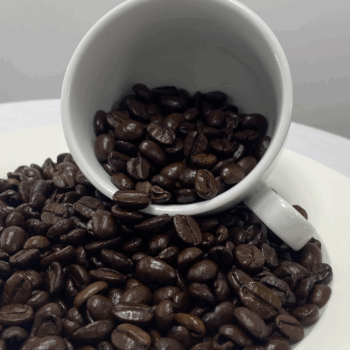
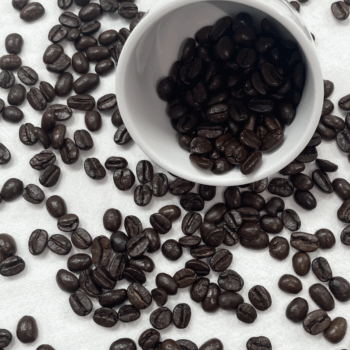
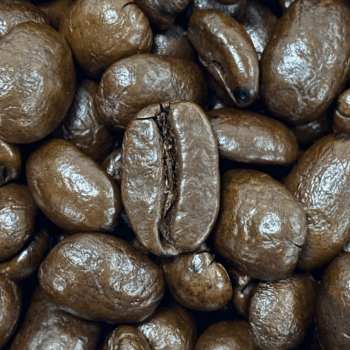
Arabica coffee
Accounts for ~60% of world production. Grown at high altitudes (600–2,200m). Delicate plant, susceptible to pests/disease. Lower caffeine content (approx. 1.5% by weight).
Variety available
| Name | Origin / Heritage | Key Characteristics | Flavor Profile |
| Bourbon Coffee | One of the oldest and most historically important Arabica varieties (along with Typica). Named after Île Bourbon (now Réunion). | High quality, but low-yielding and susceptible to leaf rust. Cherries can be Red, Yellow, or Pink. | High Sweetness, Complex, Balanced. Often features a silky body with notes of chocolate, caramel, nuts, and a bright citrus acidity. |
| Mundo Novo Coffee | A natural hybrid of Typica and Bourbon, discovered in Brazil in 1943. | High-yielding and resilient plant with a tall stature. Late-maturing and adaptable to medium-to-high elevations (600–1,200m). | Full-bodied, Balanced, Approachable. Known for low-to-medium acidity and a rich flavor profile with strong notes of chocolate, nuts, and caramel. |
| Catuai Coffee | A controlled hybrid of Mundo Novo and Yellow Caturra (a Bourbon mutation), developed in Brazil. | A dwarf, high-yielding plant that is easy to manage and resistant to wind/rain. Cherries can be Red or Yellow. | Versatile, Clean, Bright. Generally features bright acidity with notes of citrus, floral tones, caramel, and a smooth, rounded mouthfeel. Yellow Catuai is often mellower. |


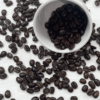

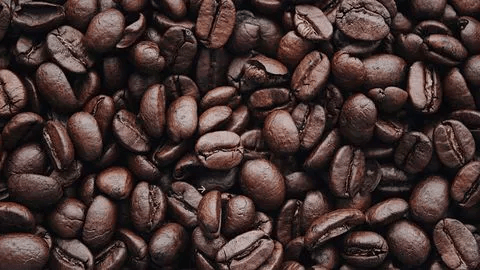
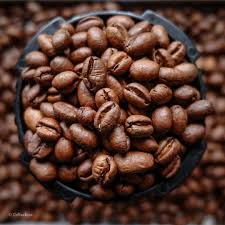
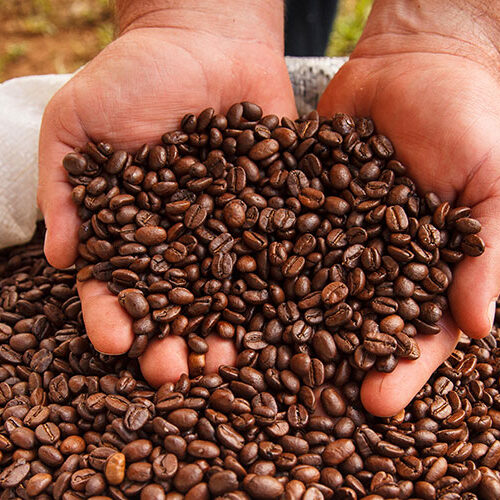
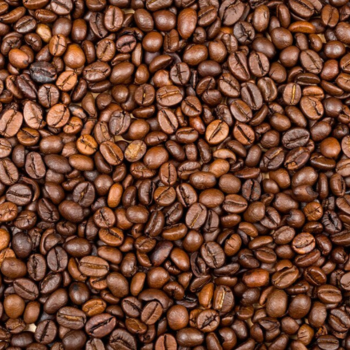
Reviews
There are no reviews yet.